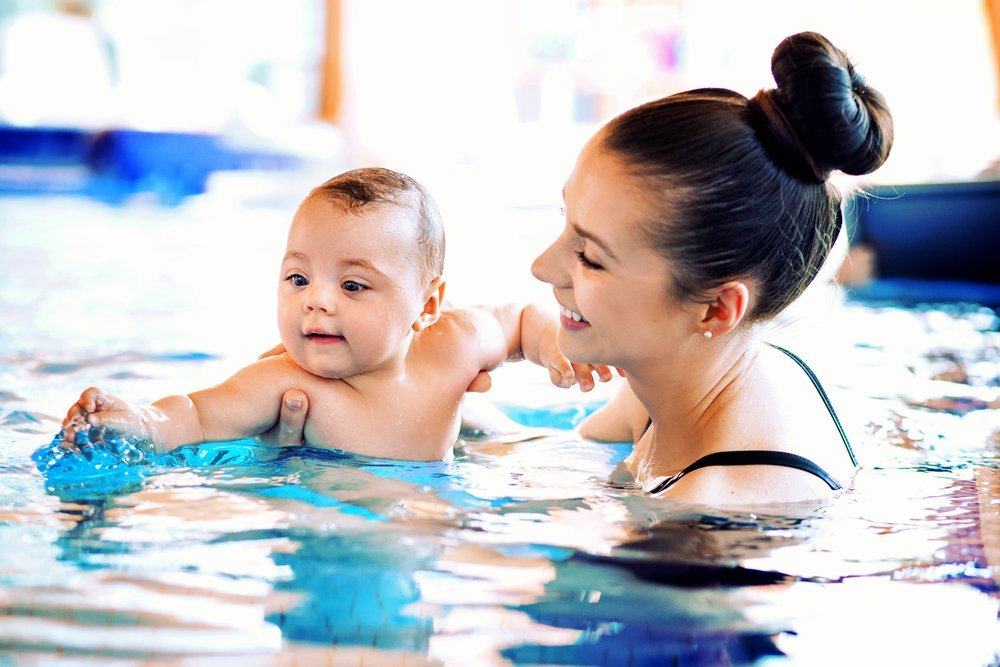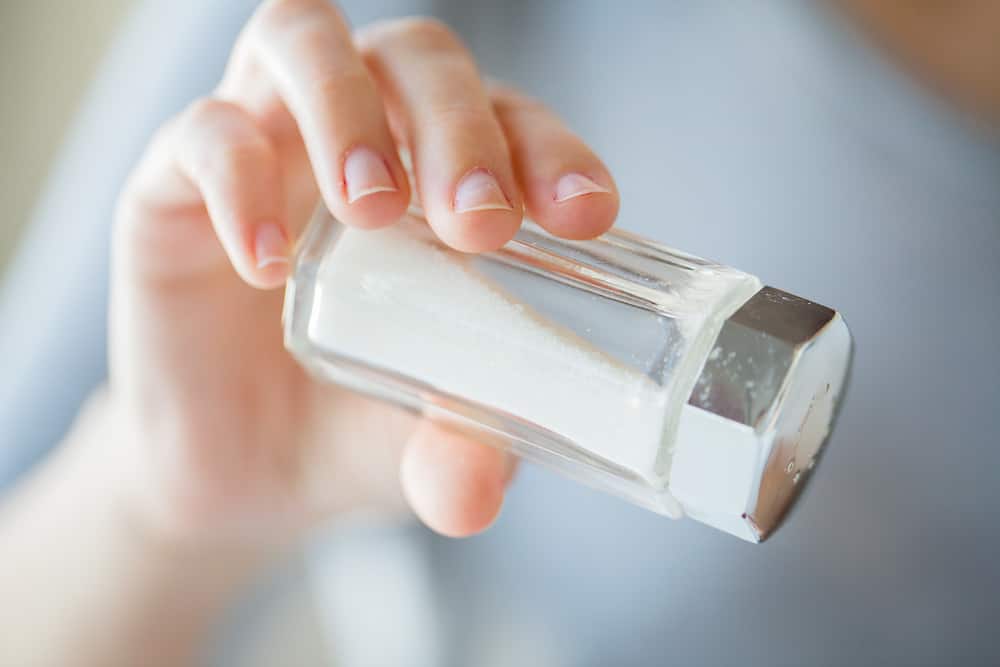Contents:
- Medical Video: 7 Swimming Rules That Will Save Your Life
- Benefits of swimming for babies
- When can a baby start swimming?
- Tips for making babies feel comfortable when swimming
- Exercise with a bath
- Make sure the pool temperature is warm enough
- Avoid buoys
- Use a disposable swimming diaper
- Come into the water
- Give moral support
- Hold the baby firmly
- Not more than half an hour
Medical Video: 7 Swimming Rules That Will Save Your Life
Inviting your little baby to swim has become a common activity for parents in modern times. You can even register to take a swimming course for babies. Inviting your baby to swim does sound a little scary. Just imagine, babies who have not been able to walk or talk have been invited to dive into the water. So it's only natural that parents feel nervous when they hear the phenomenon of swimming for this baby. No need to worry, introducing your baby to this water sport will be easier after you understand the following points.
Benefits of swimming for babies
Don't be afraid to take your baby to swim because there are many benefits that the baby can get. A study at the Norwegian University of Science and Technology shows that swimming can help babies sharpen motor skills and maintain balance. Compared to those who are not accustomed to swimming, children who have been swimming since babies learn faster about various movements such as reaching and grasping various objects. They are also more adept at balancing on tiptoes, standing on one leg, and jumping rope.
In addition, babies who learn to swim early also show much faster mental development and cognitive function. This fact has been supported by many modern studies, one of which is from Griffith University in Australia. Research on more than 7,000 children which lasted four years proved several things. Babies who are used to swimming have the ability to speak up to 11 months above their age, ability to count up to 6 months above their age, and the ability to read up to 2 months above their age. These babies also showed an understanding of the direction of the direction that reached 20 months above his age. This can happen because when the baby enters the pool, his body will instinctively move like kicking or pedaling his arms. These movements stimulate the growth of millions of new nerves in the brain.
When can a baby start swimming?
According to the American Academy of Pediatrics, parents can introduce babies to swim from one year of age. However, experts suggest that baby activities when swimming are limited to getting the baby into the water. Also pay attention to the development of your own baby because each baby usually has a different phase of growth. To learn to swim, parents should wait until the baby's age reaches four years.
Tips for making babies feel comfortable when swimming
When preparing your baby to swim for the first time, note carefully the following tips. Your baby will feel bolder and comfortable playing in the water. You and your partner also become more aware of various things that might occur while your baby is swimming.
Exercise with a bath
Before taking your baby to swim, make it a habit to take a baby in a baby bathtub or small rubber pool. For your baby to feel more comfortable, you can provide his favorite little toys when your baby learns to get used to water.
Make sure the pool temperature is warm enough
The ideal water temperature for your baby is 32 degrees Celsius. Try to find a special pool for babies to ensure the temperature of the pool is warm enough. You should also take the baby to swim in the sun to keep him warm. If your baby starts to get cold and shiver, immediately lift and cover with a dry towel. Also prepare milk or warm water.
Avoid buoys
Swimming buoys will only give your baby a false sense of security. In addition, using a float tends to make it float in an upright position. In fact, a better swim position is lying down. Swimming buoys can also make it difficult for babies to control their own movements. It's better to let the baby swim freely while you hold it so it doesn't sink.
Use a disposable swimming diaper
You can buy disposable baby diapers specifically for swimming. This diaper will not leak in the water when your baby poops. However, pay attention if the baby has been defecating. You should immediately replace it with a new one.
Come into the water
It is important for you and your baby to go through this process together. So, you or your partner should come in and hold your baby when he swims for the first time. That way, your baby will feel safer and confident in the water.
Give moral support
When you and your baby are in the pool, make sure your tone and facial expressions are cheerful and soft. Don't panic because your baby can feel shocked and scared. Give praise and invite your baby to sing and laugh so he can associate the swimming experience as a safe and enjoyable thing. So that he feels more familiar with the atmosphere in the water, you can also bring toys that are used to accompany him when bathing at home.
Hold the baby firmly
The best position to get the baby to swim is to hold the back of the baby's head and buttocks lying on their backs. After your baby starts to feel comfortable in the water, hold your baby by holding the lower arm or armpit. Dip your baby until the water reaches his shoulder to keep it warm. With this position, swing the baby's body so he learns to kick and balance himself in the water.
You and your partner need not be afraid to teach babies to dive. Babies have an instinctive instinct to hold their breath in the water. You can teach first by making bubbles in the water through your mouth. Your baby will imitate it when diving so that he will not choke on water.
Not more than half an hour
For the initial stage, soak for about 10 minutes so that your baby feels familiar. Then get out of the pool and wait a while before entering again. Swimming for babies should be no more than 30 minutes to avoid cold or irritation due to chemicals in the swimming pool.
READ ALSO:
- 4 Yoga Poses for Your Baby
- First food that should be given to infants aged 6 months
- Is It Too Early to Teach Alphabet to Toddlers?












